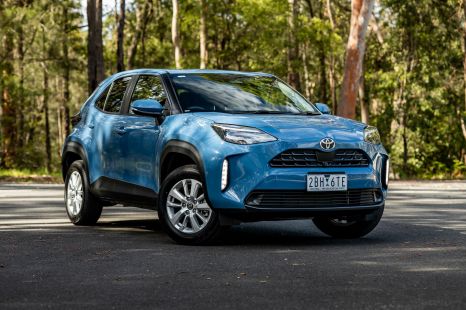

Matt Campbell
2025 Toyota Yaris Cross review
4 Days Ago

News Editor
Hyundai’s racy Insteroid concept might be just a design study, but the company appears serious about offering a more affordable electric hot hatch.
“We’re getting older, my son who has to buy this car… So we have to think of that generation to buy cars, to continue buying cars,” said Hyundai exterior design manager Nicola Danza to Australian media.
“Developing product for all of us is good of course, it’s what we do daily, it’s our bread and butter but we’re thinking about our future, we’re thinking about what’s coming next and times are changing really fast.
“And [young people] can’t afford the Ioniq 5 N, so let’s make a car for them.”
Hundreds of new car deals are available through CarExpert right now. Get the experts on your side and score a great deal. Browse now.
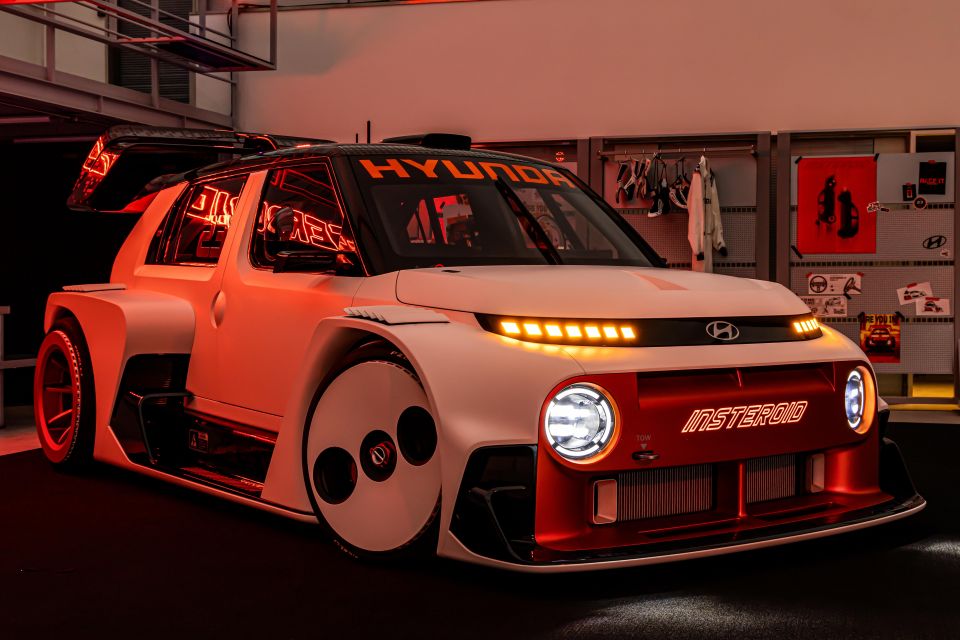
You would think that a sporty concept like the Insteroid would have been developed with members of the Hyundai N performance division, particularly given it rides a shortened version of the Ioniq 5 platform and features the high-output electric drivetrain of that model’s N flagship.
That’s not the case. When asked whether the N team was involved in the design study’s development, Mr Danza said, “Not at all.”
This gave the Insteroid’s design team greater creative freedom, according to Mr Danza.
“I think we do two separate types of products. Of course, [the Hyundai N team] produce the real things, they do performance serious things. With this design concept, we really want to look ahead,” he said.
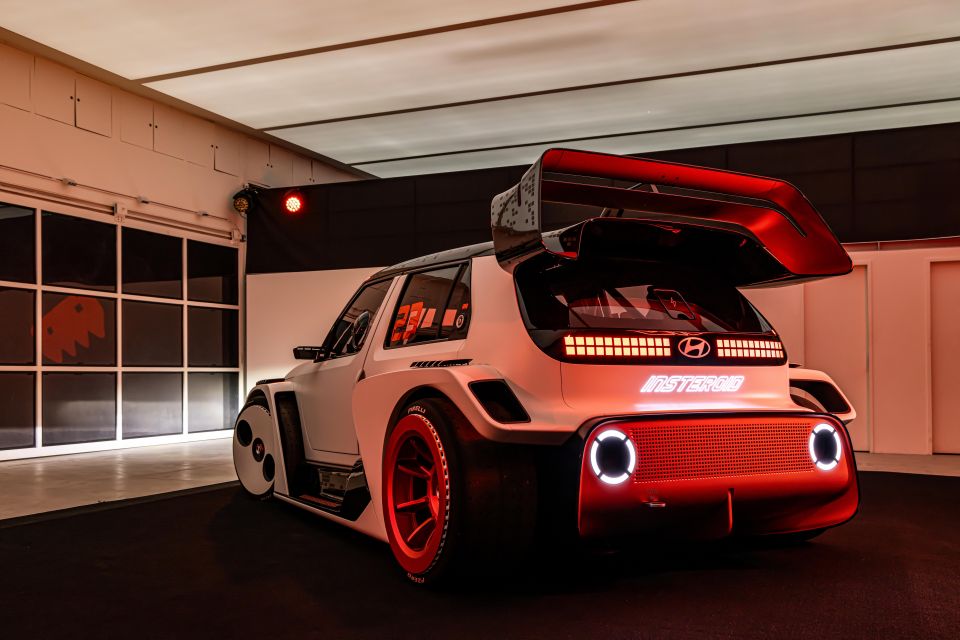
“If they can benefit from that later, even better, but in reality it was really two different things.
“That’s why we don’t call it an N, because it’s something else, this is something designed by the young guys for themselves.
“If you start to go around that part of N, the car wouldn’t look like that – because then it’s too exaggerated, the tyres are too big, it wouldn’t work in terms of performance so why link it if it’s not credible?
“When you analyse whatever you can do, there’s all sorts of discussion… But then you start to miss the point. It starts to become too serious again. We discovered it’s good not to be serious at all.”
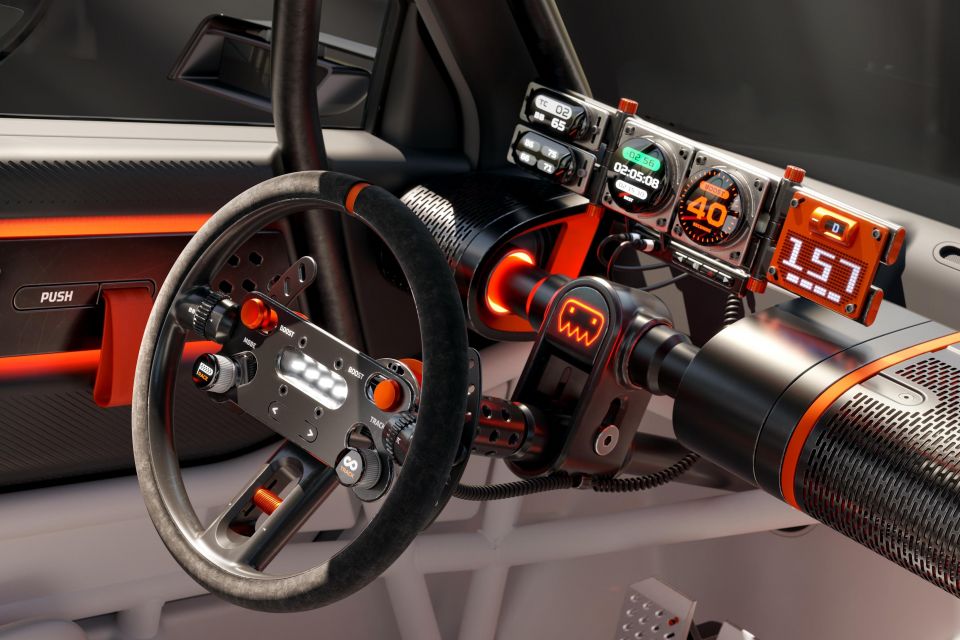
Mr Danza called the Insteroid “serious, but not serious at all”, and it’s targeted directly at young people, despite the 1980s influences that would appear to appeal more to slightly older consumers in their 40s and 50s.
“We keep hearing [about the] young generation, they don’t like cars, they’re not interested in cars… I don’t think it’s entirely true. They were missing the right car to fall in love with,” he said.
He suggested the Insteroid is a vehicle a young person might want to have a poster of in their room, much like a Lamborghini Countach and Porsche 911 would have been for people who grew up in the 1980s.
He also said the car wasn’t a complete flight of fantasy, with everything on the car having been “analysed like a proper car” so that the vehicle is “credible”.
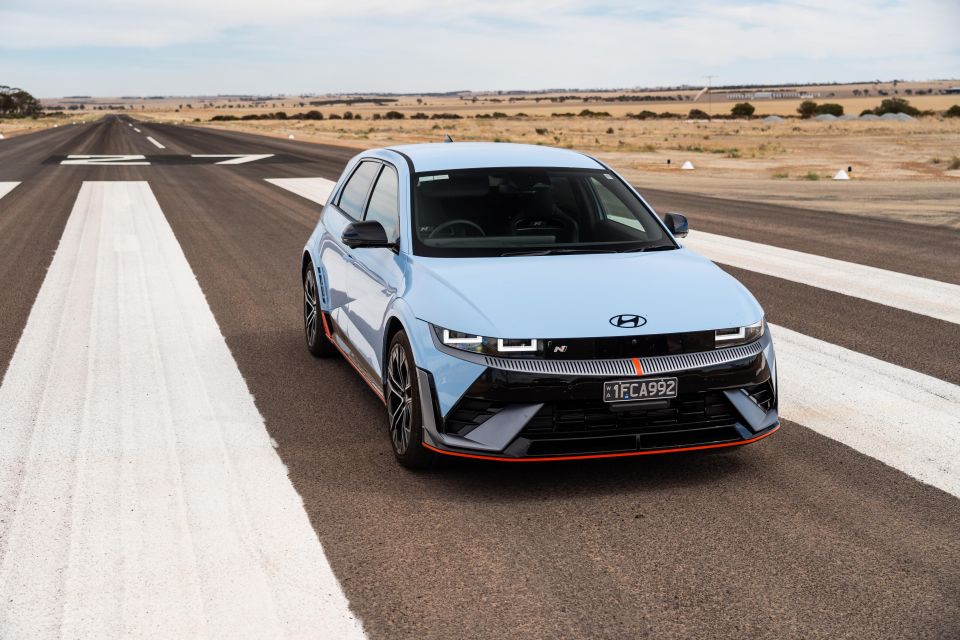
“We’re professionals, we don’t want to look stupid when we show the car to you… But not too serious to become too credible,” he said.
He made clear, however, the Insteroid won’t reach production.
“There are no plans, but if there could be a company crazy enough, it would be Hyundai,” he said.
Mr Danza isn’t the first Hyundai executive to speak of wanting a more affordable high-performance EV.
In 2023, Hyundai technical advisor and former R&D boss Albert Biermann said he wanted to offer such a model.
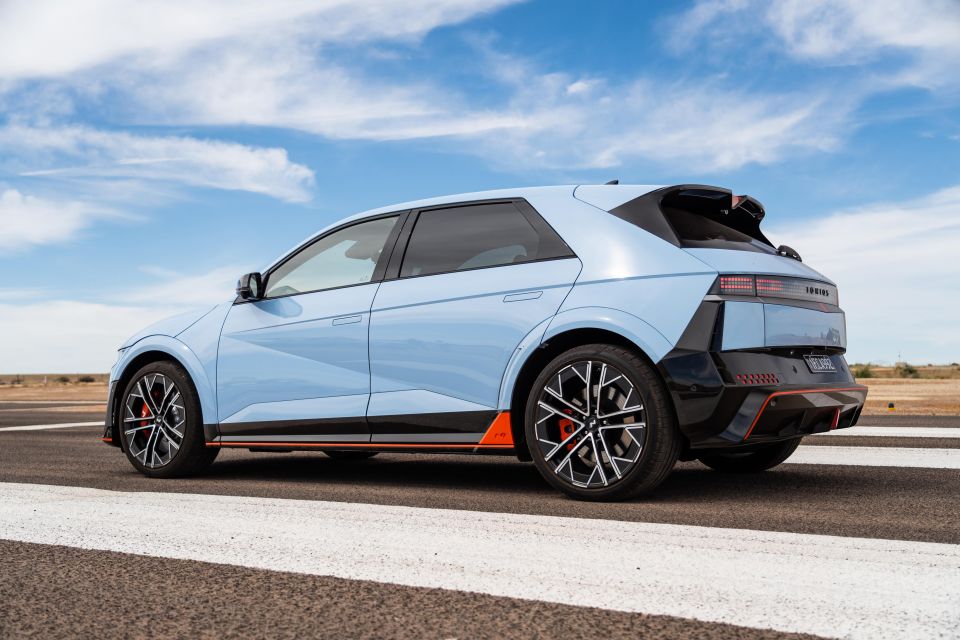
“I think it has to happen. I mean I already made suggestions, it’s a little early to speak about it but we have to do this… there’s no way we would not do it,” said Mr Biermann on the prospect of an affordable N-branded EV.
“But then you come to the point, as you know the C-segment EVs today we don’t use the 800V system, we use a 400V system. No silicon carbide inverters, not the high-speed motors, because of cost.
“So, now you want to make an N with race track capability. With 400V, you better stay at home.
“Because you run double the current, which means four times the heat, everything dies early, so is that acceptable if we come up with something like an i30 N EV and it could not even do one lap on the Nurburgring, and journalists would say, ‘This is no N car. This is nothing. How can they even think about a car like this?’
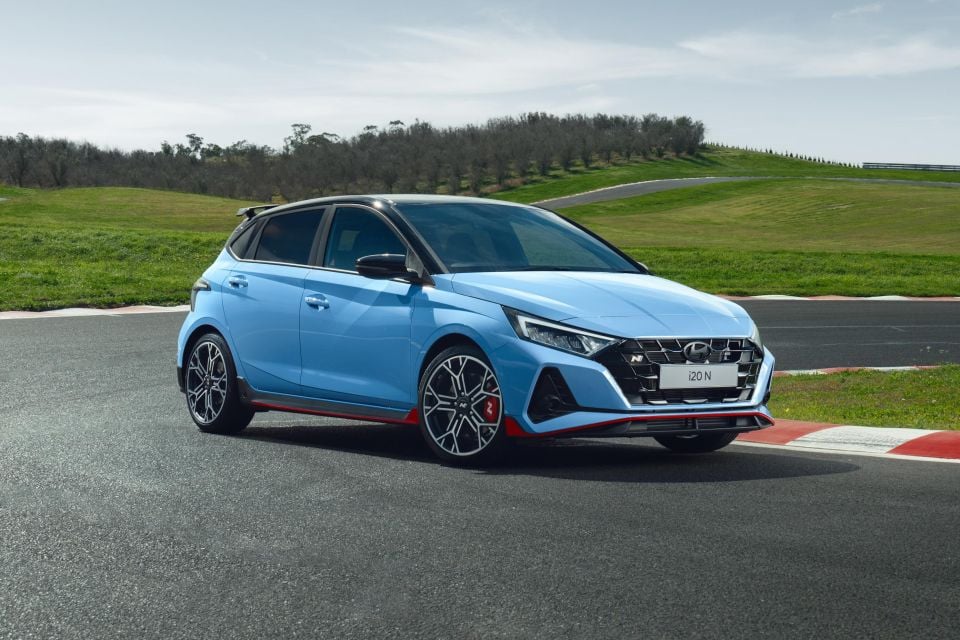
“Then there is this other C-segment [i.e. i30-sized] car from China. Very cheap, tons of power, 800V, it can go forever, maybe it doesn’t make such fun but it can keep going, so we are a very stupid loser, right? That is the question: how much can you compromise?”
“So that is the challenge, and the ongoing discussion. They keep making these proposals, and I say forget it. You either do it right or you don’t do it.”
Thus far, Hyundai has chosen the latter. It’s unclear whether the Korean giant would opt to launch a hot EV sans N badging, so that it doesn’t need to meet the core tenets of Hyundai N models.
The performance division has previously outlined these as follows: a car must have track capability, be a ‘corner rascal’, and be an everyday sports car
The Hyundai N division was spearheaded by Mr Biermann, and until the Ioniq 5 N launched in 2023 it only produced petrol-powered performance models.
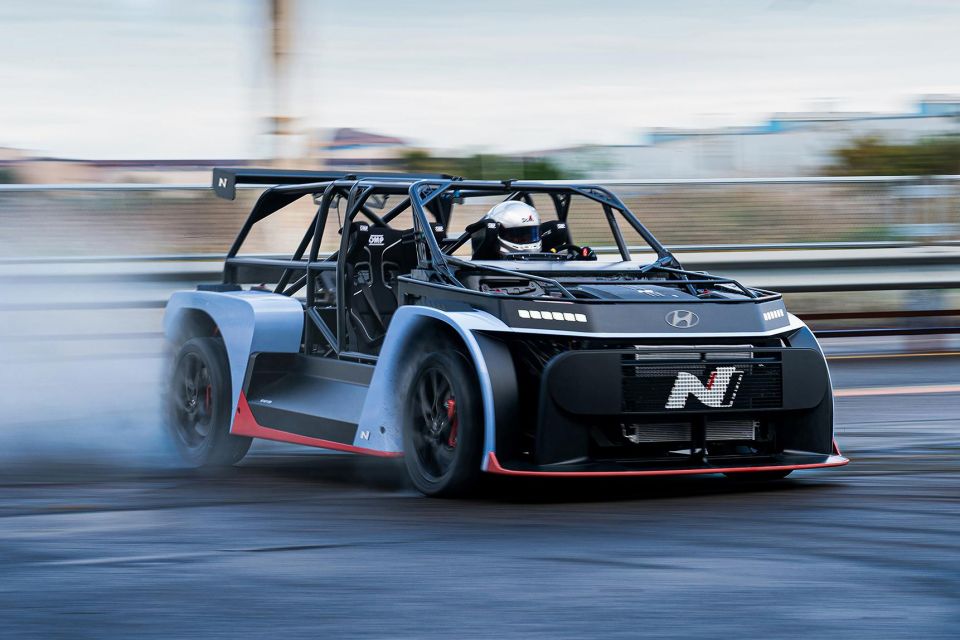
Mr Biermann has previously left the door open for smaller, i20 N-sized electric hot hatch with a 400V electrical system, instead of an 800V system like the Ioniq 5 N.
“If it’s like a C-segment car, no way with 400V. B-segment, i20, maybe? It has to be really small, good aero… Not like a CUV or something, really like small body shape,” he said.
“Then maybe with 400V, we can achieve the minimum of racetrack capability you can expect from an N car right. We cannot have something that cannot go on the trick, then we better call it N Line.”
In 2024, it showed off the RN24 ‘rolling lab’, which it called a “testament” to its “bold” ambitions for the future.
This sees an Ioniq 5 N’s powertrain wedged into a smaller vehicle vaguely resembling a stripped-back Inster, using a chassis inspired by Hyundai’s i20N Hybrid challenger in the World Rally Championship
Hyundai no longer sells the petrol-powered i20 N and i30 N in Europe, leaving the Ioniq 5 N as its performance division’s only vehicle there. These petrol-powered hot hatches are still exported to Australia, however.
CarExpert helps new car buyers save thousands with expert reviews, honest advice, and transparent pricing – no dealer pressure and no sales games.
William Stopford is an automotive journalist based in Brisbane, Australia. William is a Business/Journalism graduate from the Queensland University of Technology who loves to travel, briefly lived in the US, and has a particular interest in the American car industry.


Matt Campbell
4 Days Ago
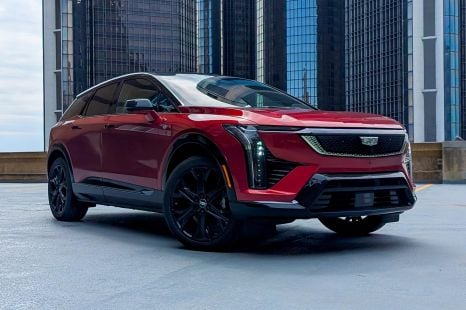

William Stopford
3 Days Ago
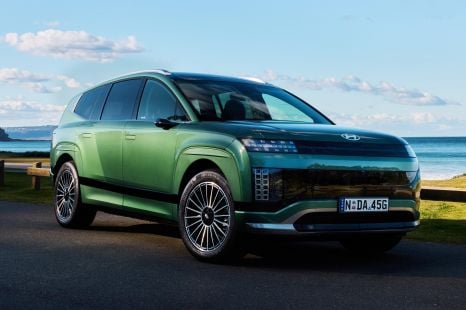

Josh Nevett
1 Day Ago


James Wong
1 Day Ago
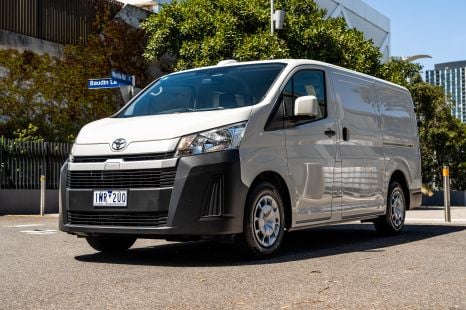

Max Davies
1 Day Ago
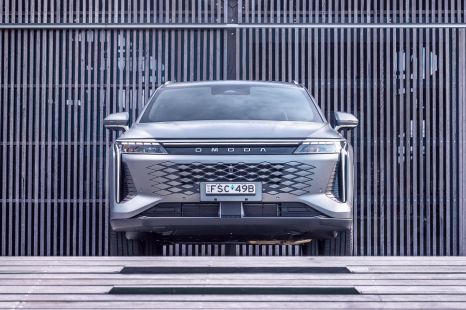

Damion Smy
16 Hours Ago